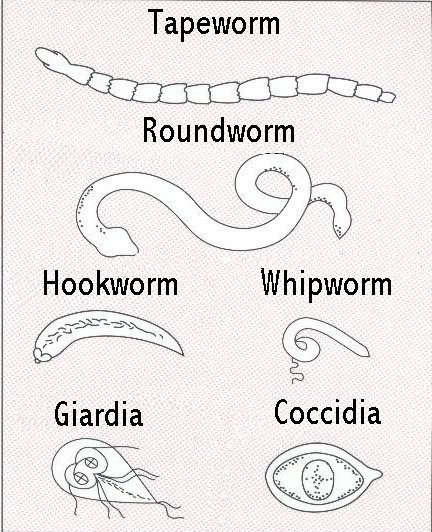DID YOU KNOW?
Its NOT a question whether we HAVE PARASITES or not...
RATHER WHAT KIND OF PARASITES WE DO HAVE?
full video link...
"Parasites have killed more humans than all the wars in history" - National Geographic
COMMON SYMPTOMS OF PARASITIC INFECTIONS:
1. Constipation
2. Diarrhea
3. Gas and Bloating
4. Irritable Bowel Syndrome
5. Joint and Muscle Aches
6. Immune Dysfunction
7. Allergies
8. Skin Conditions
9. Tumors
10. Nervousness
11. Sleep Disorders
12. Teeth Grinding
13. Chronic Fatigue
14. Anemia
15. Cysts and Fibroids
90% of ALL DISEASES AND DISCOMFORT STARTS in the COLON*
*The Royal Academy of Physicians of Great Britain
- An average person carries 5-25lb of undisposed fecal waste
- Of the deaths worldwide of communicable diseases, 80% are due to parasitic infection
- An average male carries up to 2 lb of parasites
- Humans can host up to 100 kinds of parasites
INTRODUCING
The first approach to GOOD HEALTH
A UNIQUE CLEANING Regimen THAT WORKS SYNERGISTICALLY:
Worms: Aliens in human bodies | Health And Family, Lifestyle Features, The Philippine Star | philstar.com
8.8 million Filipino school children have intestinal worms - UP-National Institutes of Health - InterAksyon.com
The war on worms in kids' tummies | News | GMA News Online
pakibasa ang link.. kuyaw na jud ang parasites karun..
"Local data in 2004 shows that seven out of 10 Filipino children ages one to six years are positive for these parasites. In 2006, a study by Dr. Vicente Belizario, Jr. found that in children between six to 12 years old, more than half or 54 percent have these parasites"
"As of 2009, some 40 percent, or about 8.8 million, of Filipino school children has helminthiasis (parasite), the University of the Philippines- National Institutes of Health (UP-NIH) said."
" Last year, it was at the top – not of the list of schools acing the National Achievement Test, but the list of schools with kids suffering from intestinal worms.
A study conducted by the National Institutes of Health (NIH) of the University of the Philippines Manila revealed that there was a prevalence of intestinal worms among 98.7 percent of Agustin Abadilla's students.
The figure was the highest in the entire Luzon. It meant that nine out of ten students were suffering from helminthiasis, or the infestation of one or more intestinal parasitic worms.
“It’s alarming. We’re all worried because worms in the stomach can affect the kids’ performance in school,” said teacher Irene Jaso.
According to the World Health Organization (WHO), the most common intestinal parasitic worms are roundworms (Ascaris lumbricoides), whipworms (Trichuris trichiura), and hookworms (Necator americanus and Ancylostoma duodenale). All these are soil-transmitted helminths. "
FOR ONLY 2,900 pesos! 1 month regimen...
CONTACT FOR MORE INFO AND FASTER TRANSACTIONS
09324635955
Results 1 to 10 of 86
Thread: Deworming product
-
07-16-2013, 12:21 PM #1
 Deworming product
Deworming product
Last edited by divineskull; 08-09-2013 at 09:58 PM.
-
07-18-2013, 10:03 AM #2
did you know na si former Cebu City Jack Jakosalem nisaka sa utok iyang mga parasite?!!
na operahan iyang utok pero naay nahibilin gihapon nga mga itlog?!!
check link and read!
Citom
Neurologist explains illness that bugs former Cebu City councilor Sylvan Jakosalem | Sun.Star
Cebu Daily News | Cebu's Only Independent NewspaperLast edited by divineskull; 07-26-2013 at 09:26 PM.
-
07-19-2013, 08:17 AM #3
-
07-19-2013, 04:24 PM #4
ang nagdala ug mga sakit sa lawas kay ang mga parasites!! bitok!
-
07-20-2013, 05:44 PM #5
-
07-22-2013, 06:30 PM #6
-
07-23-2013, 06:58 PM #7
-
07-25-2013, 08:51 AM #8
-
07-25-2013, 11:24 AM #9
-
07-25-2013, 11:28 AM #10
Advertisement
Similar Threads |
|









